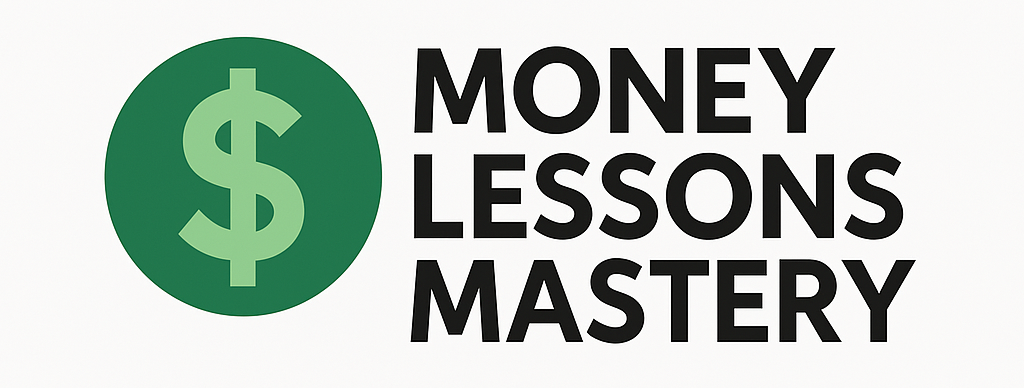Planning for retirement can feel complex, but one powerful tool that stands out for its tax advantages and flexibility is the Roth IRA. Whether you’re just starting your financial journey or looking for new ways to strengthen your retirement strategy, understanding how to use a Roth IRA effectively can help you build a source of tax-free income for your future.
1. Understand How a Roth IRA Works
A Roth IRA (Individual Retirement Account) allows you to invest after-tax dollars now so you can enjoy tax-free withdrawals later in retirement. Unlike a traditional IRA, you don’t get a tax deduction when you contribute, but your earnings and withdrawals in retirement are completely tax-free, provided certain conditions are met.
- Tax-free growth: Once your money is invested in a Roth IRA, it grows without being taxed along the way.
- Tax-free withdrawals: Qualifying withdrawals of both contributions and earnings are entirely free from federal income taxes.
- No required minimum distributions (RMDs): Unlike traditional IRAs, Roth IRAs do not require you to start taking money out at age 73, allowing more flexibility in your retirement planning.
2. Know the Eligibility Requirements
Before contributing, make sure you’re eligible based on your income. Roth IRA contribution limits and eligibility are determined by your modified adjusted gross income (MAGI).
- For 2024: You can contribute the full amount if you earn less than $146,000 (single) or $230,000 (married filing jointly). Contribution limits begin to phase out above those amounts.
- Contribution limit: For 2024, you can contribute up to $6,500 if you’re under 50, or $7,500 if you’re 50 or older.
3. Open and Fund Your Roth IRA
Setting up a Roth IRA is relatively easy and can be done through most financial institutions such as banks, brokerage firms, or robo-advisors.
- Choose a provider: Compare fees, investment options, and tools before selecting a firm to open your account.
- Start contributing: You don’t have to contribute the maximum all at once. Monthly or quarterly contributions can add up over time.
4. Invest for Long-Term Growth
Roth IRAs allow a wide range of investment options including stocks, mutual funds, ETFs, and bonds. Tailor your investment strategy to match your time horizon and risk tolerance.
- Consider index funds: These can offer low costs and broad market exposure, ideal for long-term growth.
- Think long term: The earlier you start and the longer your money stays invested, the greater the compounding power of your Roth IRA.
5. Withdraw Strategically in Retirement
To enjoy tax-free withdrawals, you must meet two conditions: your account must be open for at least five years, and you must be at least 59½ years old. Once eligible, you can access both your contributions and earnings without paying taxes.
- Access contributions anytime: You can withdraw your original contributions at any time without taxes or penalties—even before age 59½.
- Delay distributions: Since there are no RMDs, you can let the account grow as long as you want, or use it later in retirement for major expenses.
6. Use Roth IRAs for Estate Planning
Roth IRAs can also serve as a tool for passing wealth to heirs. Because there are no RMDs during your lifetime, the account can continue growing tax-free until it’s inherited.
- Beneficiaries: Your heirs may be required to take distributions after inheriting a Roth IRA, but the distributions are generally tax-free.
- Estate planning tool: A Roth IRA can reduce your taxable estate while giving beneficiaries a valuable financial asset.
Final Thoughts
Using a Roth IRA to generate tax-free income in retirement can be one of the smartest financial moves you make. By understanding how it works, staying within contribution limits, and investing wisely, you can create a dependable source of tax-free income that supports your lifestyle long after you stop working. Start today, and let time and smart planning work in your favor.
